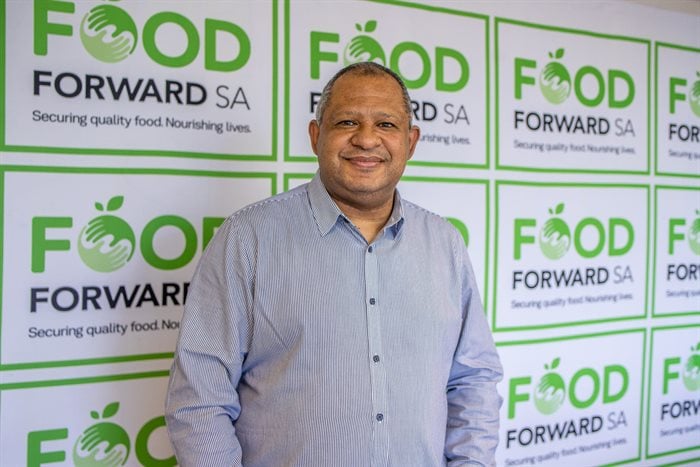How load shedding is worsening South Africa's food crisis

The persistent blackouts have put a severe strain on farmers' ability to produce fresh, quality food. In KwaZulu-Natal, a dairy farmer was recently forced to discard 12,000 litres of milk after it turned sour. While the poultry industry had to slaughter 10 million chickens as a result of electricity outages.
With permanent Stage 2 and 3 load shedding on the cards for the next two years, there’s no telling how deeply the agriculture sector will suffer, or the ripple effect this will have on the country’s already crippling food prices.
“The real impact of load shedding goes well beyond being unable to turn on our lights or charge our phones for a few hours a day. It’s triggering an unprecedented collapse of South Africa’s economy, infrastructure, and future,” says Andy Du Plessis, MD of FoodForward SA (FFSA).
“It’s threatening our fragile food security ecosystem, leaving more people in poverty and without access to healthy, nutritious food.”
Choosing between food and electricity
At the same time, the National Energy Regulator of South Africa (Nersa) has granted Eskom tariff increases of 18.65% and 12.74% over the next two years respectively. This is expected to stretch financially strapped consumers even further, with reports suggesting some South Africans will be forced to choose between their electricity needs and food security.
“Forcing people to choose between buying food or buying electricity is not an option, it’s not sustainable and it goes against our fundamental human rights,” adds Du Plessis. “It’s time for South Africans to come together, take our future into our own hands and protect the resources that we have at our disposal.”
While there is no quick fix to the energy crisis, there is a relatively untapped opportunity in terms of timeously intercepting quality, edible surplus food from the value chain and distribute this food to those who need it, to lessen the burden of household food insecurity.
In South Africa, more than 10 million tonnes of quality food is lost or wasted throughout the supply chain every year. This amounts to one-third of all food produced in the country.
Food banking
To take advantage of the surplus opportunity, FFSA has been implementing a model known as food banking. The organisation timeously intercepts good quality surplus food from supply chain partners – like farmers – and redistributes it to under-served communities.
This good food is used to address food insecurity nationally, by redistributing it to over 2,750 registered non-profit organisations. The cost per meal is just R0.68, making FoodForward SA’s model an effective food security solution.
“Load shedding is not going anywhere any time soon. But we can reduce its impact on the environment and on the poor,” says Du Plessis. “By partnering with farmers and other supply chain partners, we can recover quality food and redistribute it to people who otherwise could not access or afford a nutritious meal.”

















